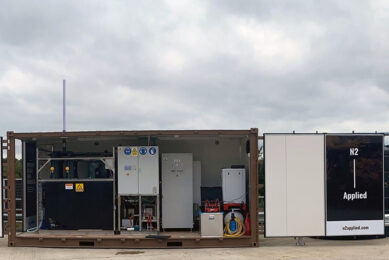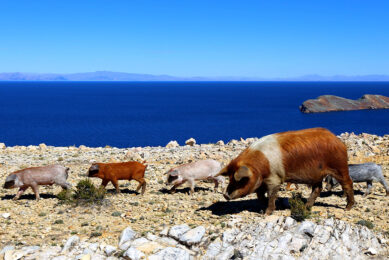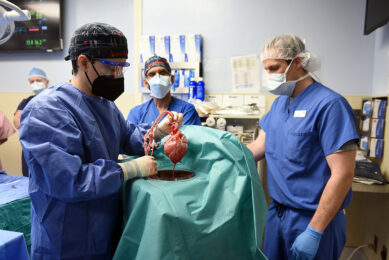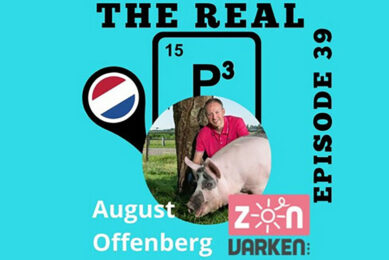New pig housing discussed at NPA meeting
Build new or refurbish? That’s a difficult question but grasping the nettle and putting up an all-new building will bestow many benefits to pig producers, according to an independent buildings and ventilation specialist, Tony Chapman of TC Farm Services.
He told a NPA (National Pig Association) meeting in Yorkshire that the types of materials used in piggeries today were “so much better than anything that was used as recently as five or six years ago”. For example, white, easy-to-clean panelling, combined with more windows, gave a light, airy atmosphere which was good for both pigs and pigmen.
“At one time piggeries did not have windows. Perhaps it was thought pigs – like mushrooms – grow better in the dark,” he said.
Mr Chapman favoured fan-ventilated housing because it gave a better environment for the pigs resulting in faster growth rates and improved feed conversion. It had been noticed that pigs in new, controlled-environment finishing houses were, in general, suffering from fewer cases of tail-biting.© He said that if it did occur then it was less likely to be due to the environment, but rather more to some other cause. “With the environmental monitoring we do these days we can be sure the environment we are providing for the pig is a constant one.”
Although controlled-inlet systems were not new — much of the research having been done over 30 years ago — building manufacturers now have superior technology and equipment to provide much more efficient systems.
With feed currently relatively cheep, improving feed conversion was not so important at this moment. However, at the next stage in the pig cycle – perhaps in 12-18 months time “when it all starts to go pear-shaped again” it would be vitally important. That’s when achieving feed conversions of 2.2 instead of 2.6 would really matter in terms of profitability. The people that had invested in more efficient buildings would be in particularly strong positions.
Mr Chapman also drew attention to the availability of monitoring – which now comes as standard with all ARM buildings. Farmex’s logging system, for example, had shown that on one 60-place farrowing house heat pads were costing £2.50 per pen per week. Alerted to this fact by the Barn Report system, a saving of £75 per week in electricity was achieved by re-positioning the sensors thus ensuring better control and correct lying patterns by the piglets.©
Related website
• ARM Buildings











